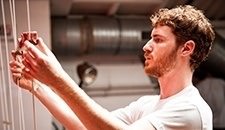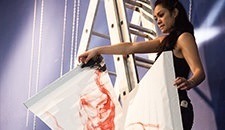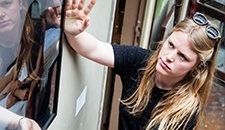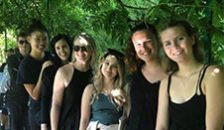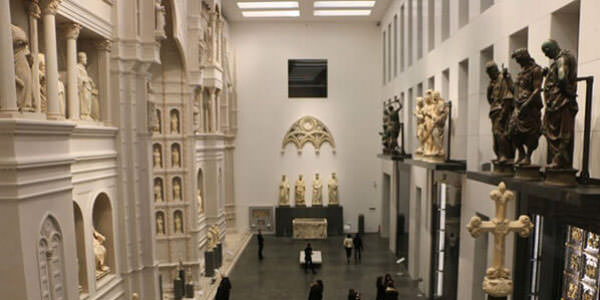
IESA's students had the opportunity to take part in a study trip to Florence and experience the city's cultural heritage first-hand. Florence is as a rich cultural capital and is well-known for its museums and other art institutions.
Most of us go to Florence at some point in our lives to see the great masterpieces of Early Renaissance Art and some of us may go to shop in the fashion stores that abound in the city or to buy shoes. Few of us, however, probably explore the historic connections between the two. Add to the mix, how contemporary Florentines are developing new forms of touristic offers and you have an extra-ordinary lesson in innovation and artistic patronage.
This year, IESA took three different groups of students, those studying the history of art and collecting, those on the MBA in Art and Luxury Management. Each group had certain specialist visits in its own area, but the variety of studies developed a unique and enriching view of the city.
Among highlights: at the Museo del Duomo, the newly-created museum is a lesson on display and visual education. The recreation of the long-lost façade of the cathedral enables the visitor to understand how the sculptures might originally have been seen. You can also view Ghiberti’s famous ‘doors of Paradise’, recently restored, and Donatello’s masterpieces- the figures of the prophets from the façade of the Campanile or the extra-ordinary wood carving of Mary Magdalene, so modern in its expressiveness.
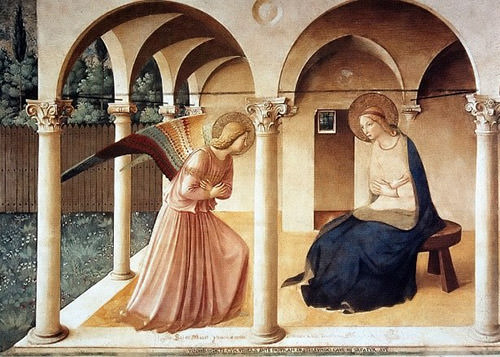
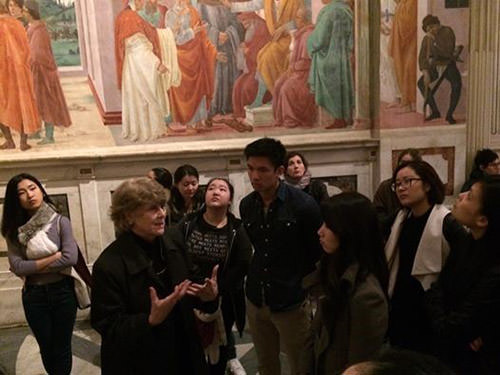
There is nothing quite so special as seeing the art in the space for which it was made. At the Convento of San Marco, you see the painting of the Annunciation by Fra Angelico as it was always viewed- as you walk up the stairs into the monk’s cloister, you see it ahead at the top of the stairs. At the Medici-Ricardi palace we stood in the small chapel of th old Medici palace, surrounded by the frescoes of Benozzo Gozzoli while we could study closely the fifteenth-century frescoes by Masaccio, Masolino and Filippino Lippi in the Brancacci Chapel. Most importantly we discussed these commissions as examples of the patronage and collecting and the role of Cosimo il Vecchio, first of the great Medici patrons in the age of Florence as a republic.
From there to the treasures of the sixteenth century, with works of art brought to Florence or created in the manufacture of the Grand Dukes, as the Medici had become by this time. Whether decorating an exotic shell from the Indies or a bowl in rock crystal, the jewellers created fantasy objects purely for display. Surely this is luxury at its most fabulous?
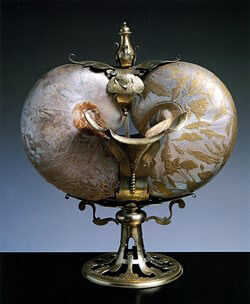
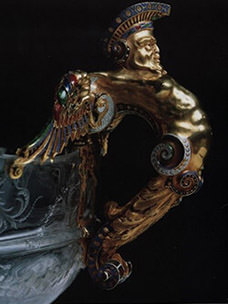
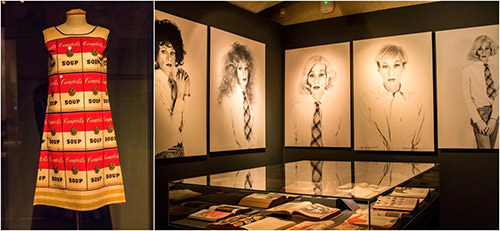
For past innovations in luxury, we went to the pharmacy of Sta Maria Maggiore, where age-old recipes are used today to create a flourishing industry in beauty products.
To see some of what the luxury houses are doing today with art, we went to the Ferragamo Museum and took in the amazing exhibition ’Across Art and Fashion’- perfect for our studies. There were comparisons between fashion designers and artists, and you could really see how closely artists and designers influenced each other.
There were of course displays of the amazing Ferragamo shoes, and a display of shoe lasts that could be have been a work of art.
The museum has become one of the most interesting places to visit for creative ideas of display. I particularly enjoyed the video installation, Moodboar, conceived by Alberto Salvadoria and created for the exhibition by A MAGAZINE CURATED BY, itself a work of art- or kalaidescope of music, poetry, art and photography, based on the practice of creating moodboards in fashion.
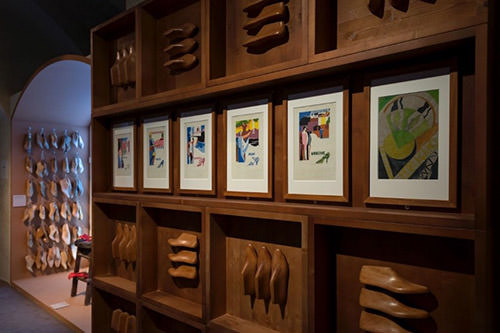

Another fascinating visit was to the workshop and now also a restaurant on the outskirts of Florence, which has become a ‘must go’ place to eat. The students were able to meet one of the brothers, Gianfranco Pampaloni and learn about the inspiration for his creative works of art in silver. They could see how you could combine a luxury trade with an innovative idea- a workshop by day and a restaurant in the evening, where the workers change to waiters. The silver was pretty amazing too.
And of course, there was wine. So an evening tasting Chianti was a must and off we went to Pozzo Divino, a wine shop where the owner gives evening wine tastings to tourists. We started with Tuscan olive oil and learned about the varieties of balsamic vinegars. Then we concentrated on three wines,one white, one Chianti Classico, made of at least 80% San Giovese grapes and only produced in the limited area of Chianti itself; and the final one, ‘Super Tuscan’ a new classification for wine that can have more varieties of grapes in it and can be produced by more modern methods. All very exciting and fun.
Our three and a half days were packed with visits to the museums, galleries, churches of Florence. We saw how the tradition of craftmanship, virtuosity and innovation began in the sixteenth century under the Medici grand dukes and has continued even today. We understood the long tradition of tourism in Florence, from the Grand Tour of the eighteenth century to the Anglo-Americans settling in Florence at the end of the nineteenth century. We saw how families such as the Tornabuoni have developed luxury residences to attract visitors to Florence, how an Italian-Australian couple set up a simple bed and breakfast twenty years ago and still attract guests in a changing market; then there is the Festival of St John which takes place now every June, which has become another source of cultural innovation.
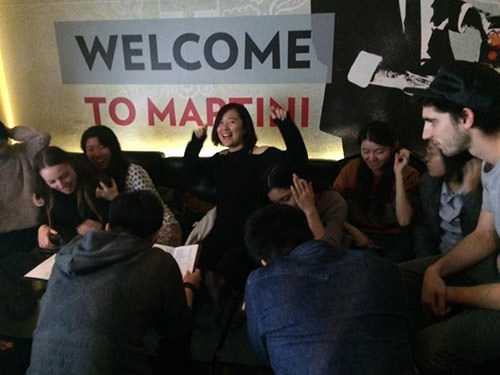
The students were thus able to see at first hand, how the art and culture of Florence today is part of its past and how that past can be used to create new and dynamic ideas for the future. Through these study trips for arts management students, IESA students find the opportunity to explore connections, learn about art and its history, understand how art has been commissioned, marketed and sold. They also see how art and luxury can be intertwined, creating opportunities in new and exciting ways. and of course we had fun.
Find out more about us on Facebook: IESA International Paris Or our website www.iesa.edu


 Download application form
Download application form 